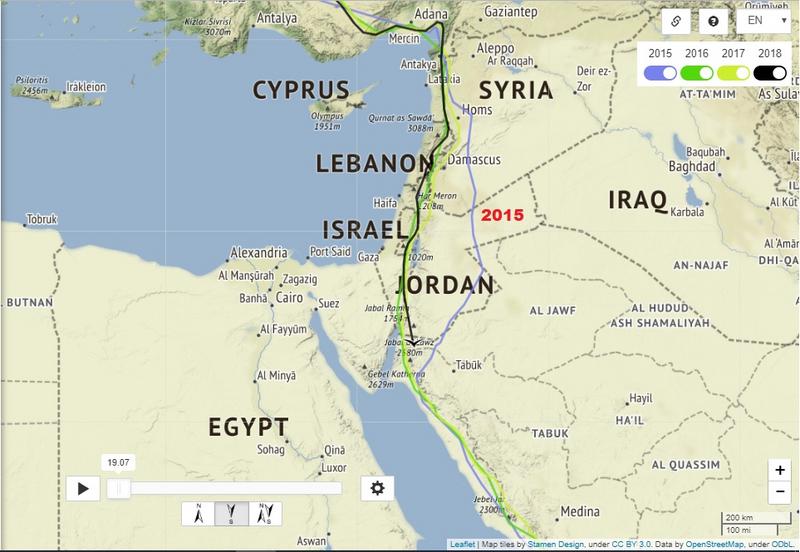
Karula was searching for food on the fields and in a drainage ditch alongside the edges of fields.

The fields are probably floodplains of the Ikva River.





Anne, pls, put here also the link to nice photos or street view https://i.postimg.cc/sX84TL71/Anne.jpg
Thanks for the hint, Solo!Solo wrote: ↑September 19th, 2018, 6:01 pm Anne, pls, put here also the link to nice photos or street view https://i.postimg.cc/sX84TL71/Anne.jpg
your work here is great - thank you
OMG, that must have been an enormous work!
You are very well organised, Solo!
not enough
Then I must guess that also Karula will continue his migration 22.9.2018, or 23.09.2018.Anne7 wrote 18.9.2018:
I do not know how important the right wind direction might be,
but the wind will (probably) blow in the good direction (to the south) for our 3 youngsters on Saturday.
Yes, it would be an interesting addition, but I don't know if I can. Links > Is it so that the wind is blowing in the direction of the arrows? Must it be tailwind? Have to think about it, and learn to read and use those links better.Anne wrote 18.09.2018:
For "scientific" purposes, it would be very interesting to mention each day the current weather conditions for each of our travelling black storks. Wouldn't it? Is there a volunteer to do this? (No pictures needed)
Hello, Sova

WOW, Sova, this is really great!


probably the wind is not so much necessary
Hello, Solo!
Anne, I read that - immediately when you put that here first time, I appreciate scientific info very much, thank youAnne7 wrote: ↑September 20th, 2018, 10:58 am ... http://www.aves.be/fileadmin/Aves/Bulle ... -4_155.pdf ...

Oh, that's interesting, Liz!
Thanks, Solo!Solo wrote: ↑September 20th, 2018, 11:14 am ...
-the periods of maximum flight activity corresponded to periods of maximum thermal energy, underlining the importance of atmospheric thermal convection in the migratory flight of the black stork
- tailwind was recorded at the same altitude and position as the birds, and was associated with a significant rise in flight speed, but wind often produced a side azimuth along the birds' migratory route (it was case also our Eedi in year 2015 and I know also another storks with that problem)
...